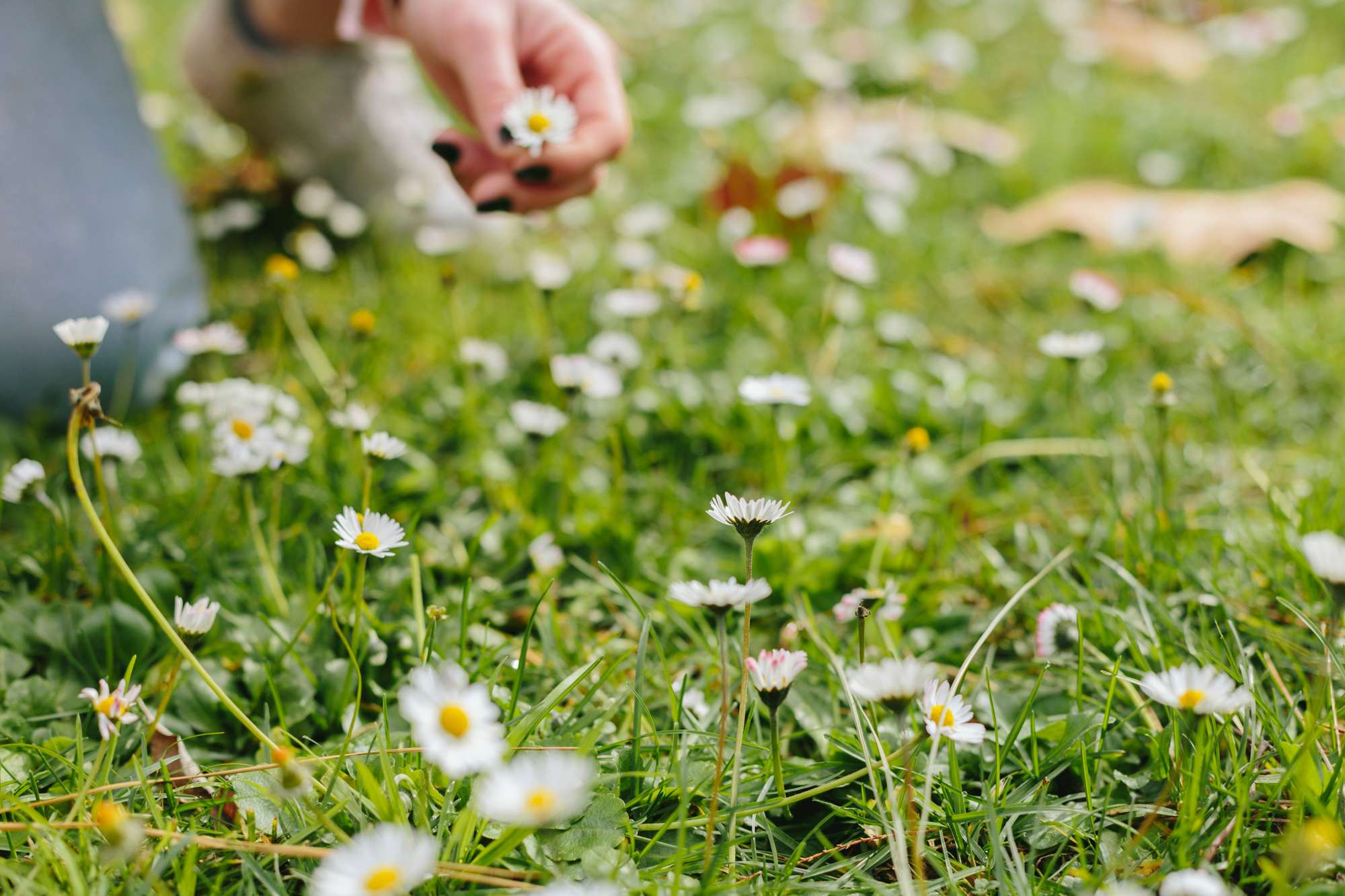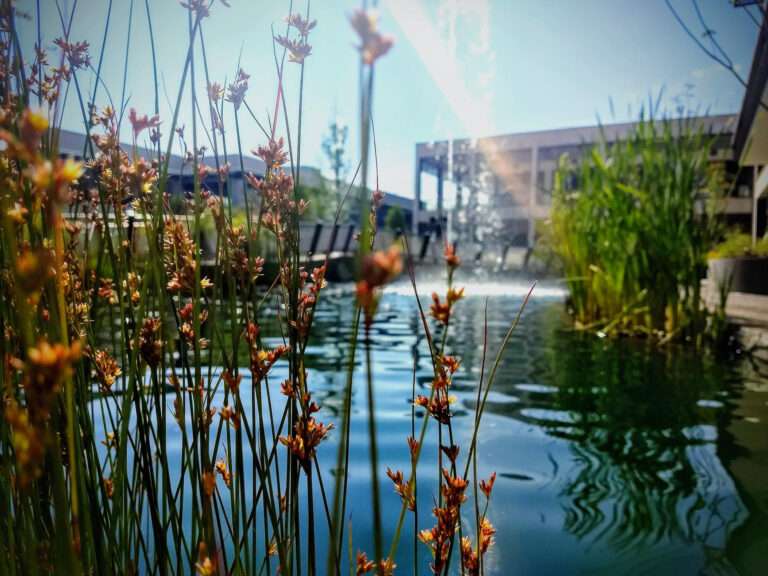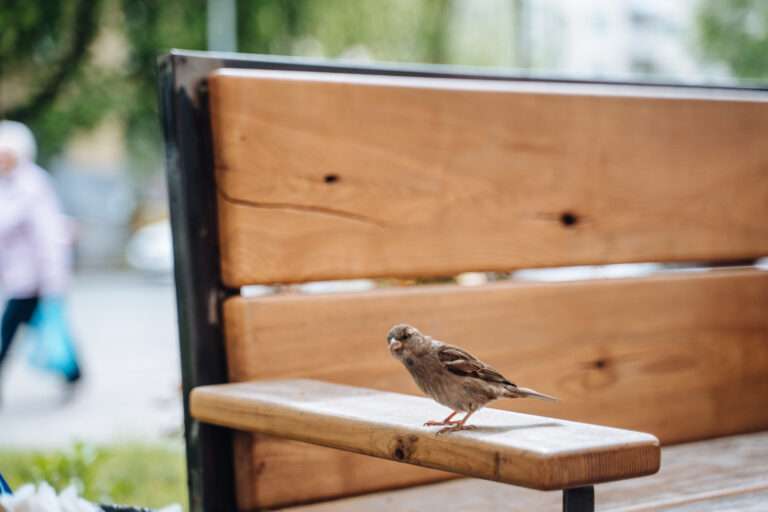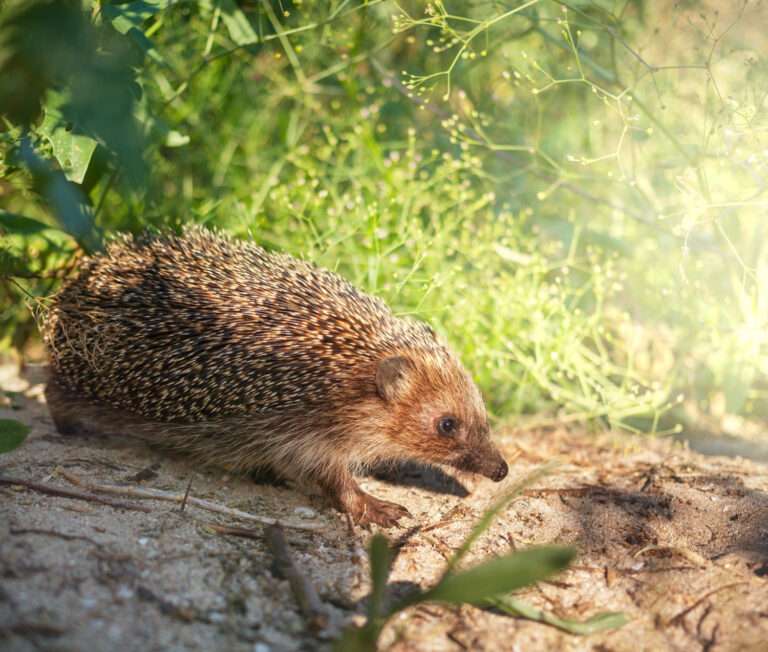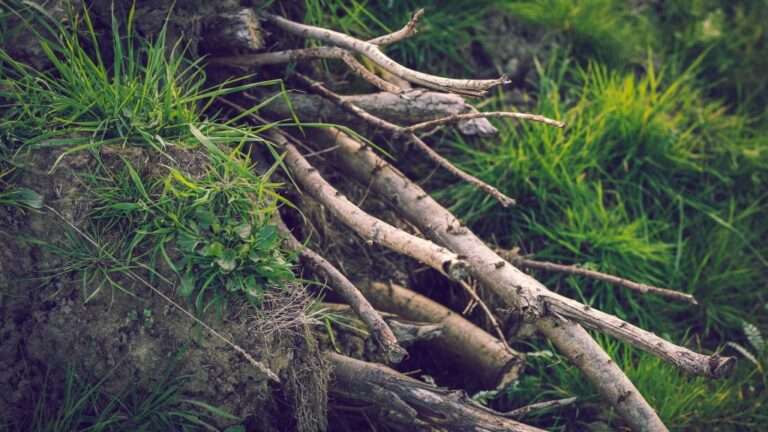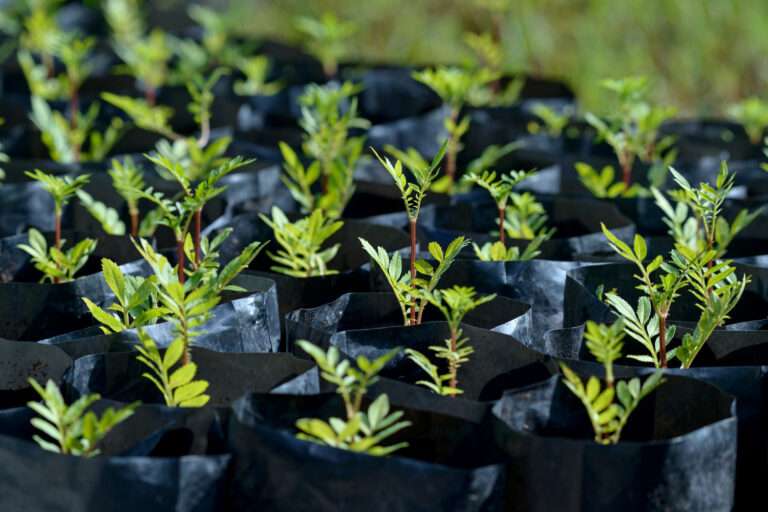Cost-Effective Wildflower Seeding Strategies for Large-Scale Impact
Creating biodiverse, pollinator-friendly landscapes doesn’t have to cost the earth. With careful planning and smart techniques, you can introduce stunning wildflower habitats that enrich local ecosystems while meeting budget constraints. This guide explores how to maximise visual impact and biodiversity gains with cost-effective wildflower seeding in the UK.
Why Wildflower Seeding Matters
Wildflower seeding is more than a design choice. It supports pollinators, boosts soil health, encourages native flora and fauna, and contributes to Biodiversity Net Gain (BNG) objectives. For councils, developers and commercial landowners, it’s a high-impact, low-intervention strategy that ticks multiple sustainability boxes.
However, achieving long-term success means going beyond scattering seeds. Without the right preparation, even the most promising mix can fail. Let’s explore how to get the best value and biodiversity from every square metre.
1. Choose the Right Site First
Avoid overspending by prioritising areas where wildflowers will thrive naturally:
- Low nutrient soils are ideal, as they discourage competitive grasses.
- Sunny, well-drained sites encourage longer flowering periods.
- Low traffic zones reduce the chance of trampling and compaction.
Tip: Use wildflower seeding and pollinator support services to survey and prep sites for best long-term outcomes.
2. Select a Cost-Smart Seed Mix
Native wildflower seed mixes vary widely in price. To keep costs down:
- Use annuals and perennials blended for extended flowering.
- Look for UK-sourced seeds, reducing risk of introducing invasive species.
- Opt for economy or meadow-grade mixes that maintain visual appeal without over-engineering.
- Bulk buy for larger projects and divide across multiple phases.
Budget-friendly favourites include:
- Cornflower
- Oxeye daisy
- Red clover
- Knapweed
- Common poppy
3. Prepare the Ground Properly (Without Overspending)
Avoid expensive soil stripping if you can suppress grasses more cheaply:
- Flail mow existing grass and remove arisings to lower fertility.
- Lightly harrow or rake to expose 50% bare soil for germination.
- Use yellow rattle in prior seasons to suppress coarse grasses naturally.
If budgets allow, a full scrape and topsoil inversion offer more reliability—but for basic results, simple scarification often suffices.
4. Time It Right
For the best success rate with minimal rework:
- Autumn sowing (Aug–Oct) makes use of natural rainfall and gives perennials time to establish.
- Spring sowing (Mar–May) works well for annual-heavy mixes.
Avoid summer sowing, as drought risk is high and germination patchy.
5. Use Machinery Efficiently
Save time and labour costs by using the right equipment for the job:
- Seed drills or mechanical broadcasters deliver even coverage on large plots.
- Rollers or light compaction help embed seed into soil without burying it.
- Avoid over-seeding, which wastes seed and can limit light penetration.
For smaller sites, hand broadcast seeding followed by gentle treading can be effective and affordable.
6. Minimal Maintenance, Maximum Results
Once established, wildflower meadows are self-sustaining with only occasional input:
- Cut once or twice annually, ideally in late summer after seeding.
- Remove arisings to maintain low fertility and discourage dominance by coarse grasses.
- Top-up seed every few years to maintain diversity without full re-seeding.
This keeps long-term management costs low compared to mown turf or intensive planting schemes.
FAQs
Q: Can I seed wildflowers directly into grass? A: Technically yes, but success is limited unless you reduce grass competition first using yellow rattle or harrowing.
Q: How much does a basic seed mix cost per m2? A: Budget wildflower mixes start from around £7-£10 per 100m2. Premium perennial blends may cost more.
Q: How soon will I see results? A: Annuals often flower within 8–10 weeks. Perennials take longer but last years with minimal upkeep.
Q: Do I need a wildflower expert? A: For large sites or sensitive areas, expert input is worth it. For basic spaces, following best practice is often enough.
Final Thoughts
Wildflower seeding can be one of the most cost-effective and visually powerful landscape enhancements you implement. By selecting the right seeds, preparing sites efficiently and reducing long-term maintenance, you can support pollinators, add colour, and meet sustainability targets without overextending your budget.
It’s not just about wildflowers. It’s about creating lasting, living value for people, places and the planet.
Killingley Insights is the editorial voice of NT Killingley Ltd, drawing on decades of experience in landscaping, environmental enhancements, and civil engineering projects across the UK.


